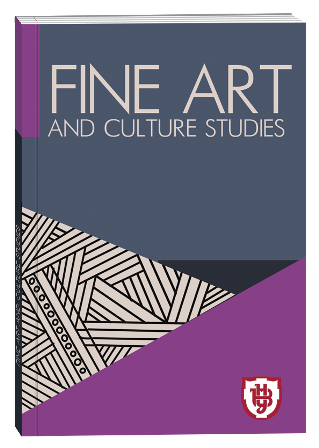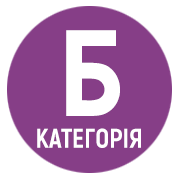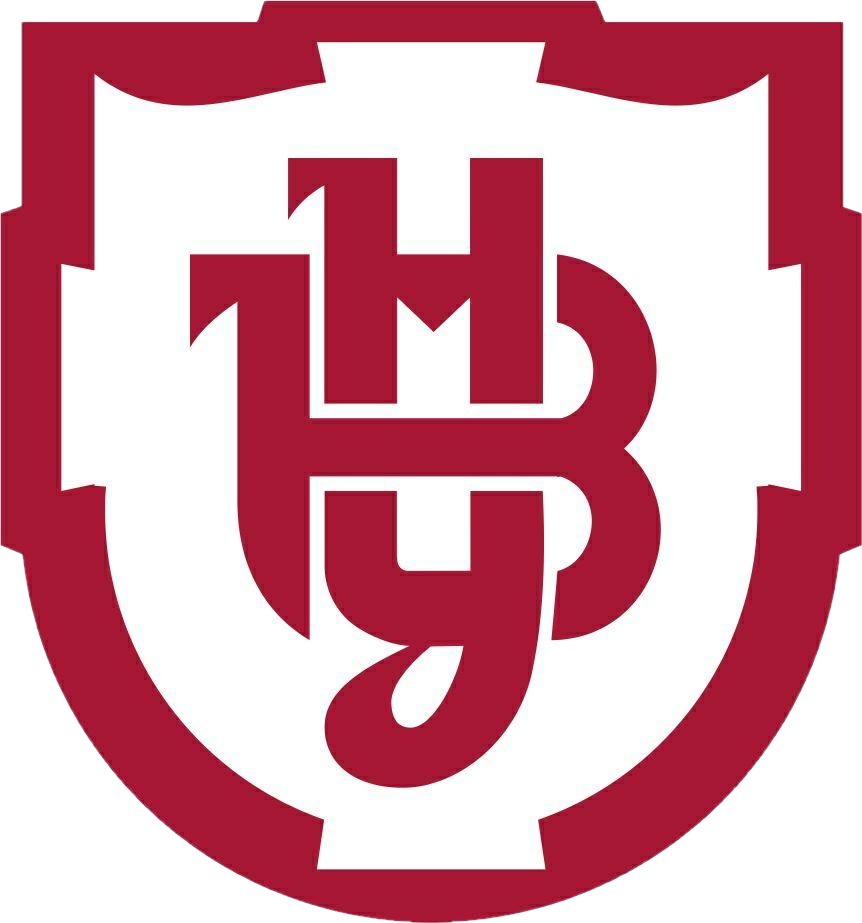INNOVATIVE TECHNOLOGIES AND MODERN APPROACHES IN THE MANUFACTURE OF PAPIER MACHE PRODUCTS: FROM TRADITION TO MODERN DESIGN
DOI:
https://doi.org/10.32782/facs-2025-2-30Keywords:
papier-mâché, modern design, ecological design, traditional technologies, decorative applied arts, sustainable development, materials, interior design, artistic expressiveness, crafts, creative practices, manufacturing technologies, material modification, creative innovationsAbstract
Purpose. The purpose of this research is to analyze modern technologies for creating papier-mâché objects in the context of their application in design and to identify the prospects for developing this technique as a direction in sustainable and eco-oriented design. Particular attention is paid to the integration of traditional artisanal practices with contemporary artistic and technological approaches, which allows expanding the material's usage in various areas of activity.Methodology. The study is based on a comprehensive analysis of theoretical sources, art criticism, design case studies, and author's experimental practices. The methods include visual analysis of objects, comparative analysis of traditional and modern techniques, as well as empirical research through the creation of original papier-mâché objects using recycled materials, non-traditional binders, and modified production processes. The analysis is conducted through the lens of creativity and technological innovations.Scientific novelty. The scientific novelty lies in identifying new areas of application for papier-mâché in modern design: from product and interior design to conceptual art. A classification of approaches to creating contemporary papier-mâché objects is proposed, based on criteria such as technological accessibility, ecological impact, and artistic expressiveness. The study highlights the potential of papier-mâché as a sustainable alternative to synthetic materials in object design, which is particularly relevant in the context of environmentally friendly design practices. The research also outlines areas that open new opportunities for artists and designers.Conclusions. Papier-mâché, a technique with a rich historical background, demonstrates strong potential in the modern context for reviving traditional art forms while simultaneously promoting innovative design solutions. Contemporary technologies significantly expand the range of applications for this technique, especially through the integration of new materials, adaptation to digital approaches, and alignment with sustainability principles. The findings are practically valuable for educators, designers, art students, and researchers in the field of decorative and applied arts, aiming to combine traditional technologies with new trends in creative practices.
References
Claudia Baillie. Papier Mâché Is Having a Design Moment". Elle Decoration. 07.12.2022. URL: https://www.elledecoration.co.uk/design/a38958413/papier-mache (дата звернення 22.04.2025).
Maria J. Melo . Molecules, MDPI: "Material Analyses of a Rare Mushroom Model from the H. Arnoldi Factory". 2023. URL: https://www.mdpi.com/1420-3049/28/3/1062 (дата звернення 20.04.2025).
ArtsyShark: Artist Tuesday Winslow and Papier Mâché Mirrors. 2023. URL: https://www.artsyshark.com/2021/10/11/featured-artist-tuesday-winslow. (дата звернення 20.04.2025).
Dr. Carlos Morán. Formaché: Research and Development of Advanced Papier-Mâché-Based Materials. 2018. URL: https://formache.com/en/research. (дата звернення 20.04.2025).
Lara. Learning Journal: Kashmir Paper Mache Research. 2020. URL:https://learningjournal.video.blog/2020/10/15/research-kashmir-paper-mache (дата звернення 20.04.2025).
Wikipedia: Architect Shigeru Ban. URL: https://en.wikipedia.org/wiki/Shigeru_Ban (дата звернення 20.04.2025).







